West Africa Cool 10 years ago
January 13, 2015
West Africa Cocoa Update
- In West Africa, this is the dry season with increased chances of the Harmattan.
- This year the overall pattern has suggested the high pressure in the Sahara would be weaker than normal, favoring weaker winds and less dry air, especially to the west in Cote d'Ivoire and Ghana.
- An unusual punch of arctic air into the Middle East and well south into Africa has pumped up the high, allowing northeast winds to develop.
- Though dry, the air is colder than normal, not what is normally associated with the Harmattan.
- By next week, the high will weaken again and onshore flow and moisture will return.
Arctic (Siberian) air was deflected southwestward this past week into the Middle East and Africa, bringing strong cooling. Snow fell in parts of the Middle East and the cold air pumped up the high pressure in the Sahara, which is resulting in a brief increase in dry winds (called the Harmattan) into the rain forests of southern West Africa.
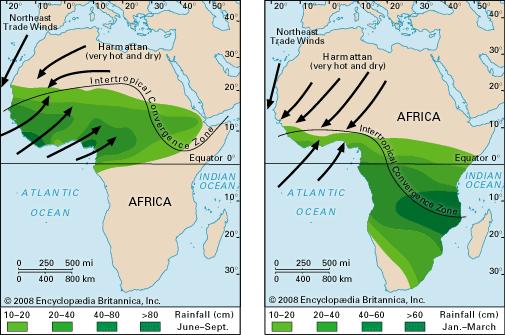
Note the cold air from the Middle East heading into Central Africa:
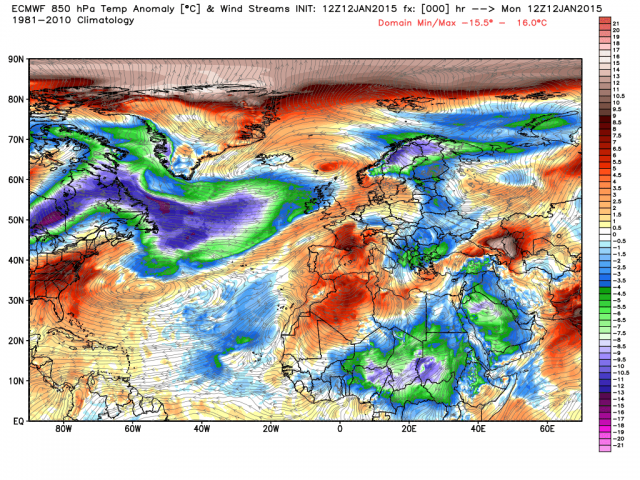
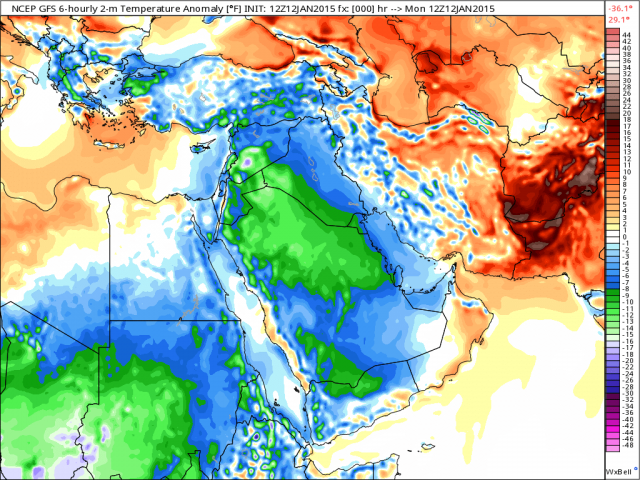
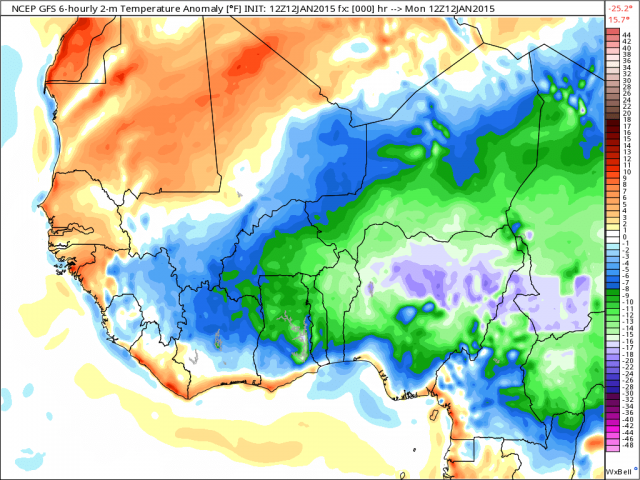
This pumped up pressures in the Sahara (browns and yellows are higher than normal pressures in the map below) in a season when the pressures have mostly been below normal.

The low level winds from the northeast have ushered in this cooler and drier air.
In situations when the Sahara High is strong and warm, these dry winds can be very hot and the combination of hot, dry and windy weather can be desiccating, causing damage to cocoa beans and even sometimes the cocoa trees.
Again, despite the dryness, the temperatures are moderate.
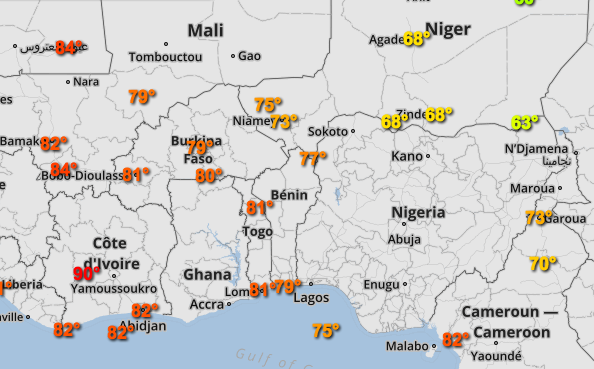
As the cold push abates, the pressure drops below normal (blues) and the winds weaken, allowing the moist onshore flow to resume with rising dewpoints well inland.
.png)
Showers are forecasted near the coast later in the 10 day period in Cote d'Ivoire, Ghana and even coastal Nigeria. While there is a brief intrusion of dry weather, no prolonged hot and dry weather is expected in the major cocoa producing areas of West Africa. This should have minimal impact on the current crop.